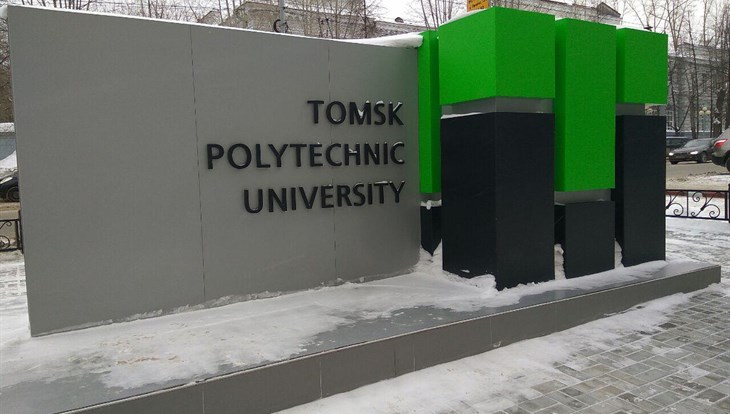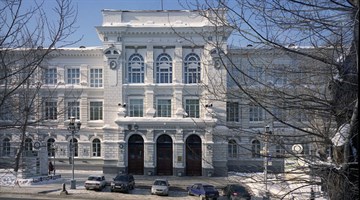© РИА Томск. Александра Астафьева
TOMSK, Apr 10 – RIA Tomsk. Scientists of Tomsk Polytechnic University (TPU) together with colleagues from the European Organization for
Nuclear Research (CERN) could reduce by 25% the "search zone" of a
dark photon – a particle which links the visible world and dark matter, the
press service of the university reported on Monday.
It is explained that now the science proceeds from the fact that 5% of the
Universe is the visible part. Another 72% – is dark energy and 23% - is dark
matter; they can not be fixed by standard methods, however, they are produced
by a mass that creates gravitational fields that affect the trajectories of the
motion of stars and galaxies. Presumably, the intermediary between dark and
normal matter can be a dark photon.
"(A dark photon) is similar to an ordinary photon (light quantum), but,
unlike it, has weight. Scientists believe that ordinary and dark photons can
mix up. It also allows to interact to the usual and invisible worlds. However
it is possible to find a dark photon only indirectly, on observation of
particles which participate in reactions of its birth or disintegration",
– is said in the message.
© Игорь Щеглик
It is specified that in CERN the international collaboration NA64 is engaged in
search of a dark photon which can help with a solution of a mystery of
existence of dark matter. During the experiment on the proton supersynchrotron
scientists try to create conditions under which dark photons could be formed.
10 polytechnicians – scientists of the Elementary Particle Physics Laboratory
participate in this work.
According to the press service, the accelerator lets out a bunch of electrons
with a known energy. They get on the detector and interact with its atoms,
creating visible photons. If dark photons exist, then the energy which is
carried away by them is subtracted from initial energy of electrons, according
to the law of energy conservation. As a result, loss of energy which can't be
connected with the known processes is observed.
"Scientists of TPU and their colleagues from CERN managed to narrow the
search zone for a dark photon by about 25% during the year. <...> The parameters
for detecting a dark photon are its mass and constant during mixing with
ordinary photons. As a result of an experiment it was succeeded to set a strong
limitation on the mixing constant: less than 1.2 × 0.0001 at a dark photon mass
within the range of 0.002 - 0.4 GeV", – noted in the university.